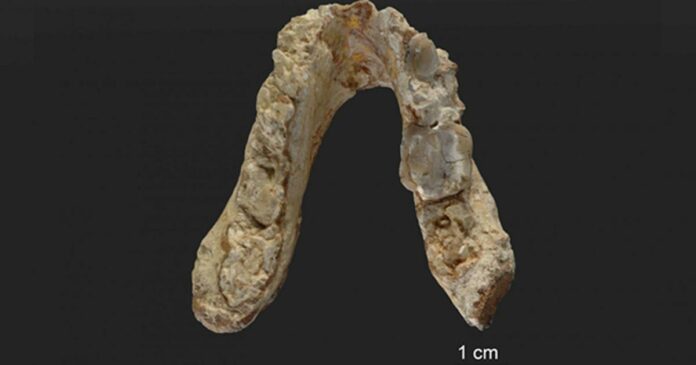For decades, the widely accepted “Out of Africa” theory has held that modern humans originated in Africa and then spread to populate the rest of the world. However, a groundbreaking new analysis of two ancient hominin fossils from Europe is now challenging this long-held belief. The 7.2 million-year-old remains, nicknamed “El Graeco”, suggest that mankind may have actually first emerged in the Mediterranean region, rather than Africa. This finding could dramatically rewrite the history of human evolution.
The Rediscovery of “El Graeco”
The story of El Graeco began in 1944, when an ancient, tooth-filled lower jaw was discovered in Pyrgos Vassilissis, Greece. However, this significant paleontological find was essentially ignored at the time, as Greece was reeling from the catastrophic human toll of World War II. It wouldn’t be until decades later that the importance of this fossil would be recognized.
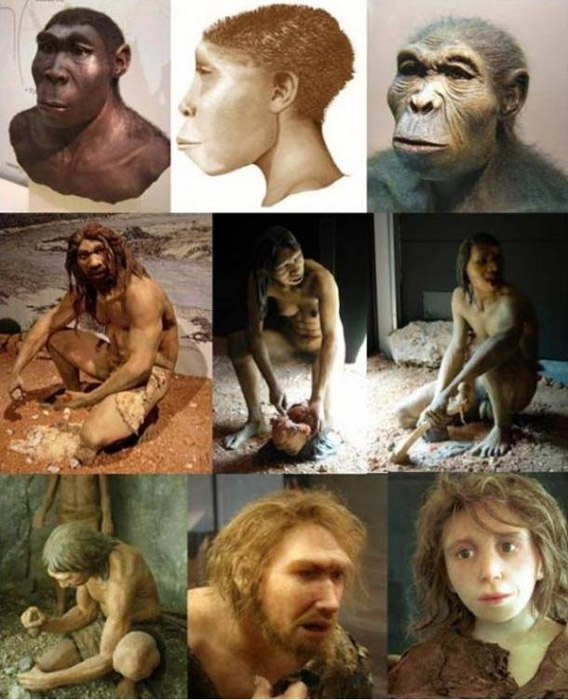
In 2012, the original Pyrgos jaw was joined by another key discovery – a fossilized premolar tooth unearthed in Azmaka, Bulgaria. Scientists now believe these remains belonged to an ape-like creature called Graecopithecus freybergi, which they now consider to be the oldest known pre-human species, predating the famous “Lucy” fossil from Africa by over a million years.
Challenging the “Out of Africa” Theory
This new evidence has huge implications for our understanding of human origins. Project director Madelaine Böhme of the Senckengberg Center for Human Evolution and Paleoenvironment explains: “El Graeco is the oldest known potential hominin. He is several hundred thousand years older than the oldest potential pre-human from Africa: 6–7-million-year-old Sahelanthropus from Chad.”
The researchers used advanced micro-computed tomography and 3D reconstruction techniques to closely examine the internal structure and root formation of the Graecopithecus fossils. What they found was quite remarkable – the teeth displayed distinctive features typically associated with modern humans and our early ancestors, rather than those of apes.
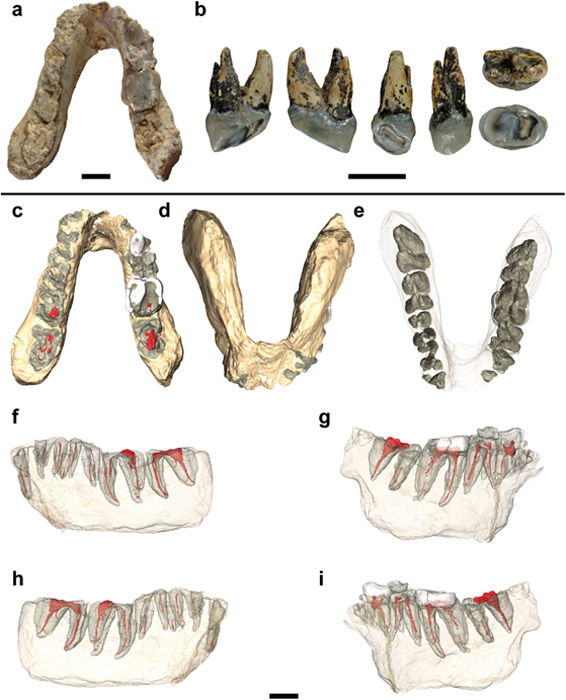
“While great apes typically have two or three separate and diverging roots, the roots of Graecopithecus converge and are partially fused — a feature that is characteristic of modern humans, early humans and several pre-humans including Ardipithecus and Australopithecus,” Böhme stated.
These human-like dental characteristics, combined with the incredible age of the fossils, have led the research team to propose a radical new hypothesis: Mankind may have first evolved in the Mediterranean region of Europe, rather than in Africa as traditionally believed.
Rethinking Human Evolution
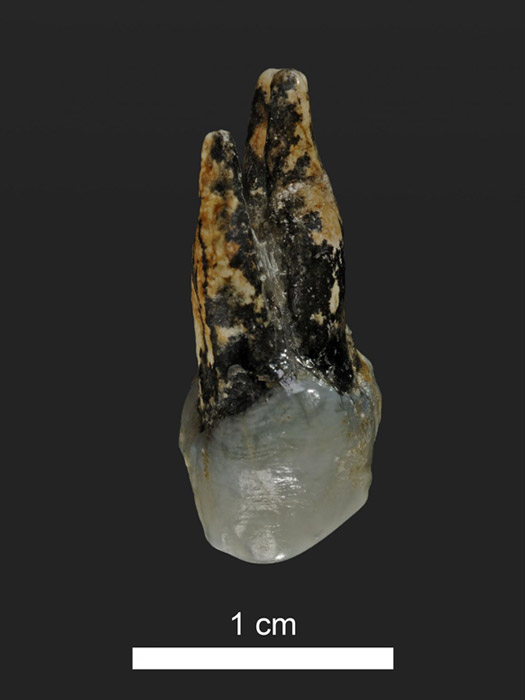
If the “El Graeco” fossils are indeed the remains of an early human ancestor, it would fundamentally change our understanding of human origins. As University of Toronto researcher David Begun explains, “If this is indeed a human, it would be the oldest human ancestor known and the first to be identified outside of Africa. Ever since Darwin, conventional wisdom is that the last common ancestor of chimpanzees and humans lived in Africa. Our research shows that the earliest humans may have evolved in Europe.”
The implications of this finding are staggering. For over a century, the “Out of Africa” theory has been the dominant model for human evolution, with the prevailing view that our ancestors originated in Africa and then migrated to populate the rest of the world. However, the Graecopithecus fossils suggest this may not be the case – mankind’s origins could lie thousands of miles away, in the Mediterranean region of Europe.
Possible Migratory Patterns
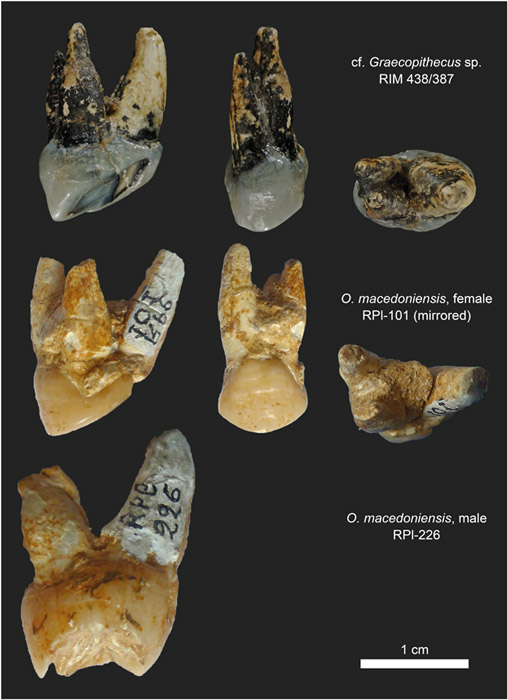
While the research team led by Böhme is confident that the Graecopithecus fossils represent an early Eurasian hominin lineage, they are not ruling out the possibility that some of El Graeco’s descendants may have later migrated to Africa. It’s plausible that multiple waves of early human species spread throughout Europe, Asia, and Africa over evolutionary timescales.
Some of El Graeco’s descendants could have even given rise to other well-known early human species, such as the Neanderthals and Denisovans, who are known to have inhabited regions outside of Africa. This would mean that a significant portion of modern human ancestry may actually trace back to European and Asian origins, rather than solely African origins.
Conclusion
The discovery and analysis of the “El Graeco” fossils have opened up a new chapter in the story of human evolution. These 7.2 million-year-old remains from the Mediterranean region challenge the long-held “Out of Africa” theory, suggesting that mankind’s origins may lie thousands of miles away from the traditional birthplace of humanity.
While more evidence is certainly needed to conclusively overturn such a well-established model, the Graecopithecus findings have already shaken the foundations of our understanding of human origins. If further research continues to support this radical new hypothesis, it could mean a dramatic rewriting of the history books – one in which Europe, not Africa, is recognized as the original cradle of civilization.
